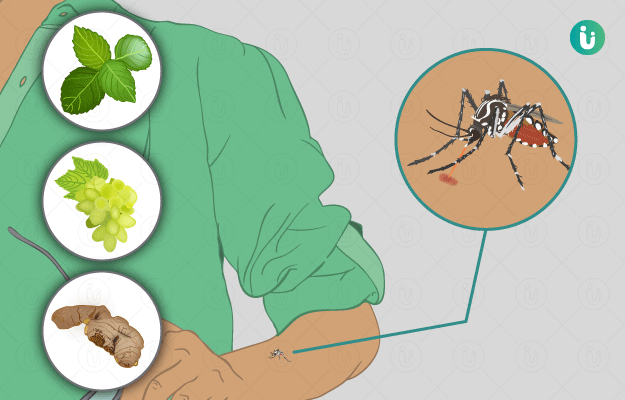Malaria is a common disease spread by mosquitoes. It is caused by a parasite named Plasmodium. The mosquitoes act as carriers of this disease. It is one of the leading causes of deaths across the world. The parasite gets transmitted to humans through the bite of the female mosquito and causes flu-like symptoms such as fever, headache, and vomiting. It is completely curable if diagnosed and treated on time. Delay in diagnosis and treatment can lead to the infection becoming severe, leading to serious complications. Most of the deaths due to malaria occur due to lack of adequate diagnostic facilities and proper treatment. There are 5 types of Plasmodium parasite that can cause malaria. Of the four types that cause malaria, Plasmodium falciparum is the one responsible for about 90% malarial deaths each year.
98% Savings - Buy Urjas Massage Oil Just @9 Rs
X

- हिं - हिंदी
- En - English
- म - मराठी
- తె - తెలుగు
- த - தமிழ்
- বা - বাংলা
 Malaria videos
Malaria videos Doctors for Malaria
Doctors for Malaria  OTC Medicines for Malaria
OTC Medicines for Malaria
 Malaria articles
Malaria articles

 Ayurvedic Treatment of Malaria
Ayurvedic Treatment of Malaria
 Home Remedies for Malaria
Home Remedies for Malaria
 Homeopathic Treatment of Malaria
Homeopathic Treatment of Malaria




































 Dr. Laxmidutta Shukla
Dr. Laxmidutta Shukla


 Dr. Rachita Narsaria
Dr. Rachita Narsaria












